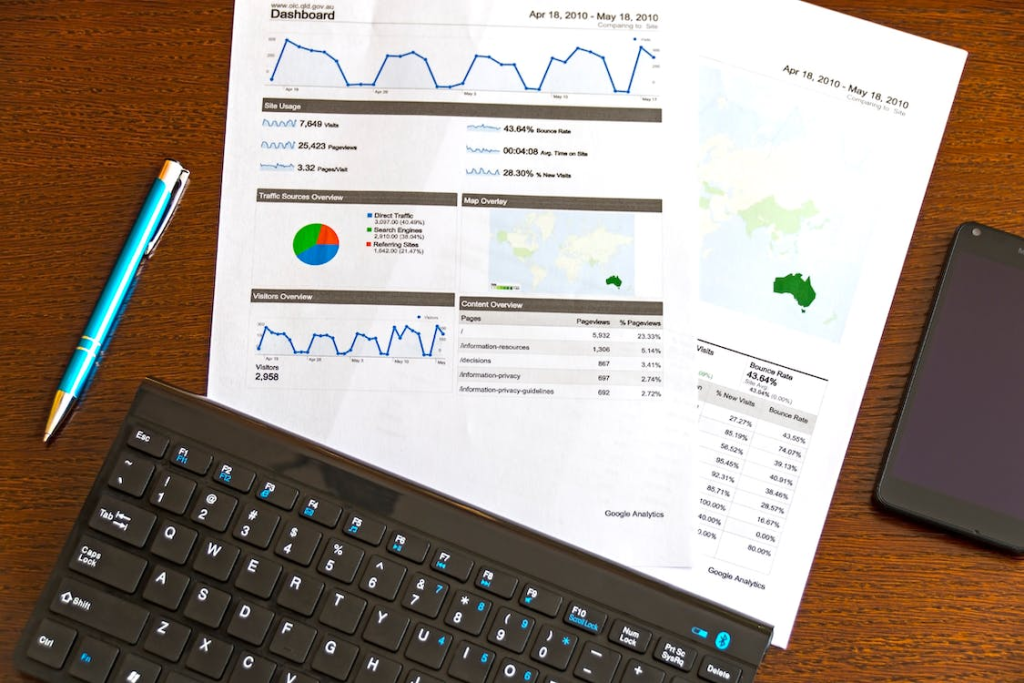Log-linear models are important when the goal of a certain research project is to see if there is a statistical relationship between two or more variables. It’s usually used when variables used in the analysis aren’t dependent but are considered variables of interest. Log-linear models are commonly used to show relationships involving discrete variables, and they are useful in statistical analysis as well. For that reason, if you aren’t sure why they’re used, here’s why they’re important:
They Are Important for Data
As we’ve stated previously, log-linear models are used in linear regression, and they linearize relationships between the predictor and response variables. Therefore, you can opt for the log transformation using Python, and you won’t have to worry about non-linearities in your data. These models are also useful because they can show relationships among three or more variables that are not straight lines. Moreover, log-linear models are relevant for statistical analysis because logarithmic regression is often used when dealing with data that follows a power law. Although it seems a bit complicated, once you learn to use it, you gain control over your data.

These Models Use a Random Sample
If you deal with statistical analysis, you probably know that every statistical method has assumptions. They actually mean that your data needs to satisfy some properties to get accurate statistical results. Consequently, the assumptions for log-linear analysis include a random sample, which means that the data you analyze has come from a simple random sample.
This is essential to know because if the groups you analyze weren’t randomly determined, your analysis wouldn’t be accurate. Take care that you don’t get incorrect results because of irregular data. When you want to use log-linear models, you need to know these things to get the information you need.
They Facilitate Data Independence
Another thing that you can use log-linear models for is to achieve your data’s independence. For instance, your observations (data points) should be completely independent. This means that the specific values of the variables don’t depend on any of the others. However, this is difficult to achieve when there are numerous data points over time from the same unit of observation. If they are from the same unit of observation, the data affect each other or relate to each other. To avoid this, use log-linear models that will help you in the analysis.

Log-linear Analysis Tests the Difference Among Variables
If you’re dealing with log-linear models, they’re useful for testing differences among variables, and they show whether your variable of interest is proportional or categorical. For example, categorical variables contain categories without order and should have two or more options, whereas proportional variables derive from categorical variables such as the number of people who voted vs. people who didn’t, the percentage of people who visited your website, and other things that interest you. Log-linear models help you differentiate them and use them accurately in statistical analysis.
They Are Important for Laboratory Research
Log-linear models are important for certain laboratory research, and experts can use them to follow some changes in variables. You have nonstandard log-linear models, which are used for well-known tests, and log-linear models used for axial symmetry and quasi-symmetry.
Many researchers deal with these models and use them for different purposes in statistics and understanding certain test characteristics. There are benefits from both of these models because log-linear model parameters can be interpreted and further researched. For that reason, nowadays they are used more often because they ease the search for some important data and analysis.
Log-linear Models Are Flexible
One of the advantages of log-linear models is that they’re flexible and easily interpretable. Because of that, people use them for statistics, and they are more progressive compared with other means of analyzing them. Still, there is a question: when to use it?
Remember that with log-linear models, you calculate the logarithms of dependent and independent variables. Hence, variables must have positive values, for the logarithm of negative values doesn’t exist. Also, some might wonder what type of distribution we should observe for variables when using log-linear models. The answer is simple: the lognormal distribution.
The purpose of all of these pointers is to demonstrate the significance of using log-linear models in statistics. It is possible that at first it may seem complicated, and you will most likely have some queries about it; but, after you have gained an understanding of how it operates and which objectives it can help you accomplish, it will be simple for you to use it for the purpose of doing research in the future.















